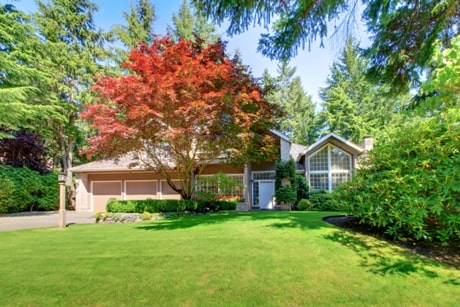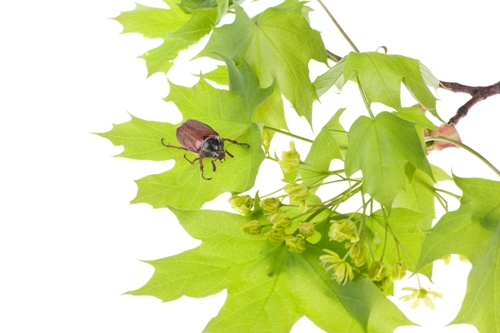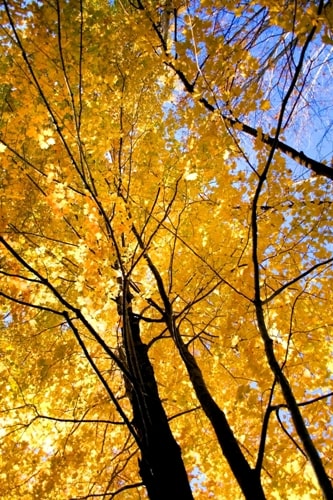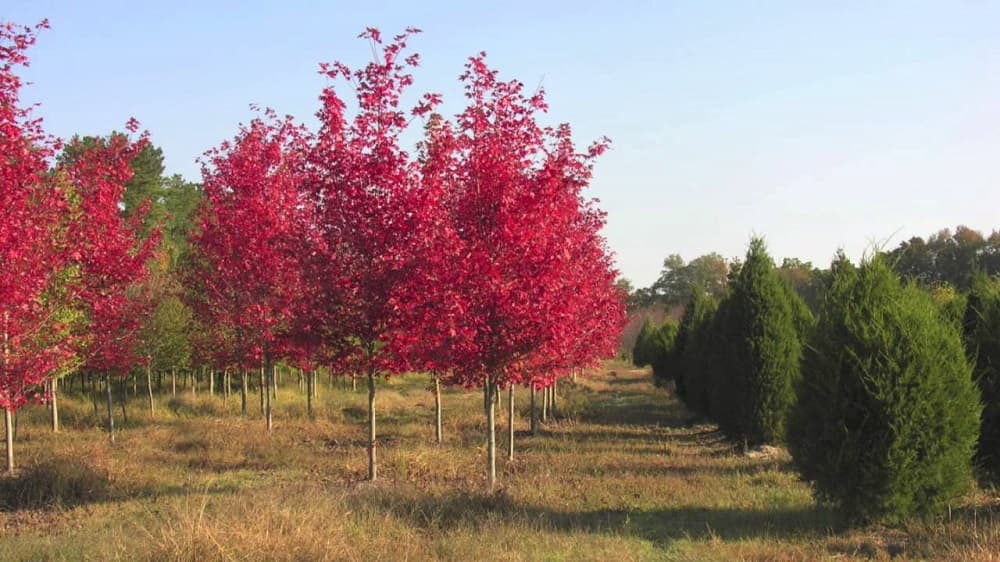Maple Trees

The maple tree plays an important cultural role in Canada, evidenced by its symbolic use on the country’s coat of arms and flag. There are over 100 different species of the maple trees in the world. The maple trees varieties found in Canada include Norwegian, Manitoba, Mountain, Sugar, and Silver. The popular Sugar Maple is clearly distinguished by its unpredictable and infrequent mass flowering and seed production. Some species of the maple tree are planted by homeowners and municipalities, (ostensibly for ornamental purposes) because of their bright colors, hardiness, adaptability and fast growth.
Maple Tree Pollination Mechanism

The pollination mechanism of the maple tree is yet to be fully understood. According to ISA Ontario, many researchers and authors wrongly advanced the belief that Sugar Maples are strictly insect-pollinated. Other researchers suggest factors such as wind — or mixed pollination (where both insects and wind are involved) — performs this function. To establish which type of pollination is involved in the reproduction process of a plant, it is important to study the floral structure of a flower. If the flower understudy is green, small, and dangles its leaves like the Manitoba Maple, then wind pollination is likely responsible. On the other hand, if the flower is large, colorful and held closer to the twig (like the case of Mountain Maple), then the theory of wind or mixed pollination can be advanced. In the case of the sugar maple, the floral structure suggests that wind pollination is responsible.

The wind pollination theory flies against the previously-held belief that insects were solely responsible for the pollination of trees. Experiments conducted in southern Ontario show that Sugar Maple pollen from a pollen source tree can travel by wind up to 150 meters or more. However, since the studies have only been carried out in southern Ontario, conclusive studies to determine whether wind (and not insect pollination) is responsible for sugar maple pollination are yet to be finalized. The other question that needs answers is whether inflorescences (the complete flower head of a plant including stems, stalks, bracts, and flowers) of sugar maples are unisexual or bisexual. This is important because in many cases that involve bisexual inflorescences and bisexual trees, the idea of self-pollination is widely held. Certain maple trees in Canada and around the world are grown for their cultivars. This is mostly done through propagation by asexual reproduction. The process may involve grafting, budding and tissue cultures.
Best Tree Supply in GTA

Caledon Treeland stocks the best selection of trees for sale in Ontario. Trees such as the Norway Spruce and Sugar Maple can be planted in the backyard, as a fence, or around the municipality. Caledon Treeland offers a one year warranty and volume discount to all its clients, among other incentives. To get in touch with us, call (905)-880-1828 today.

